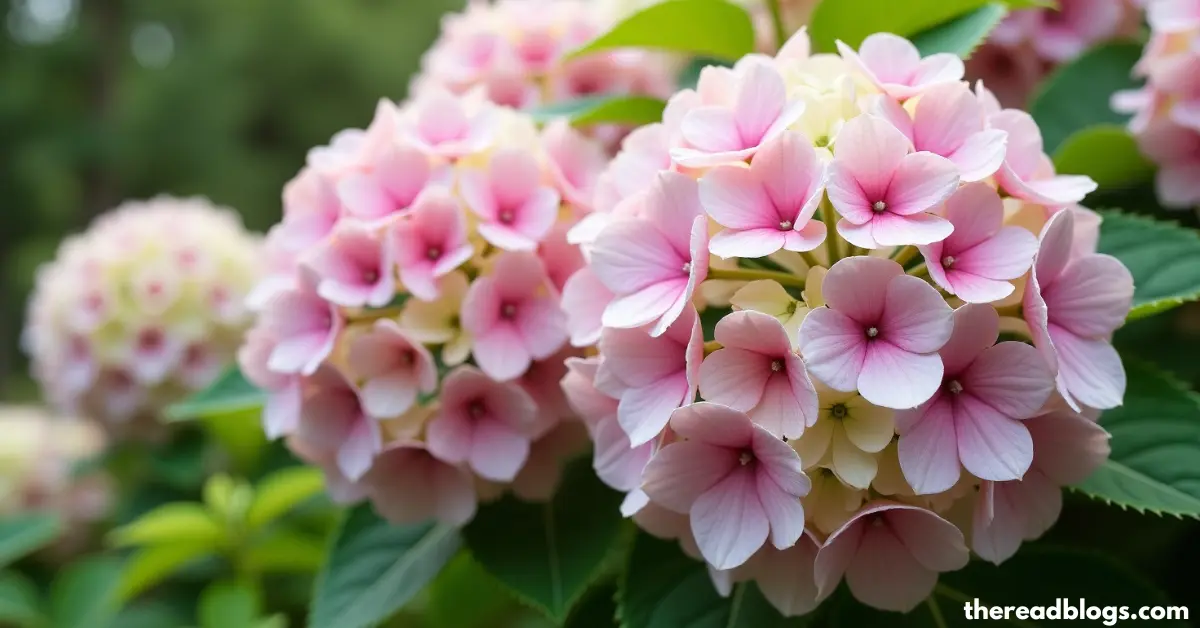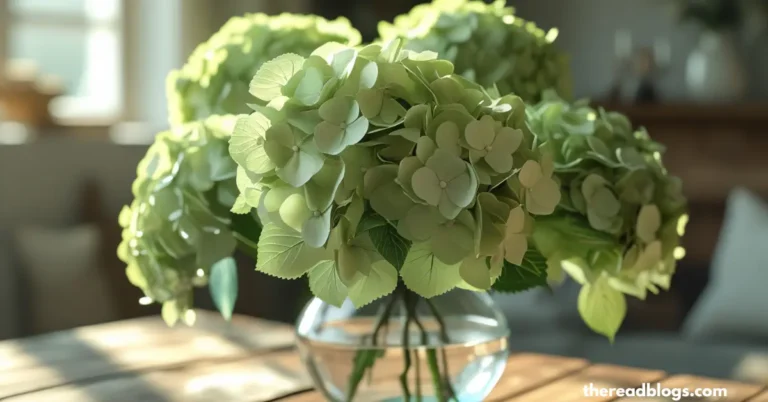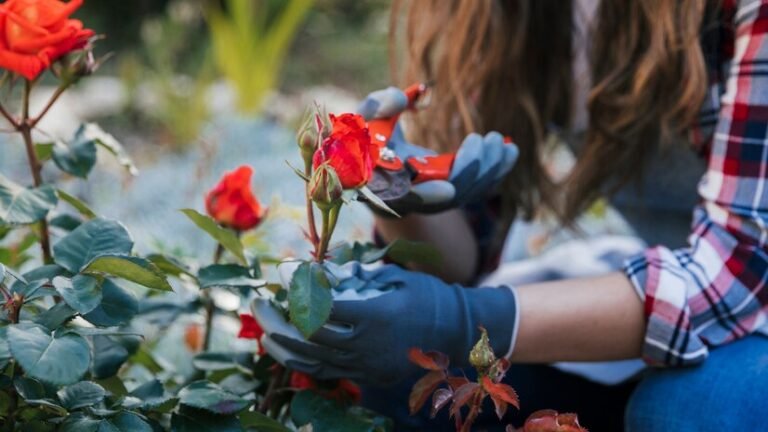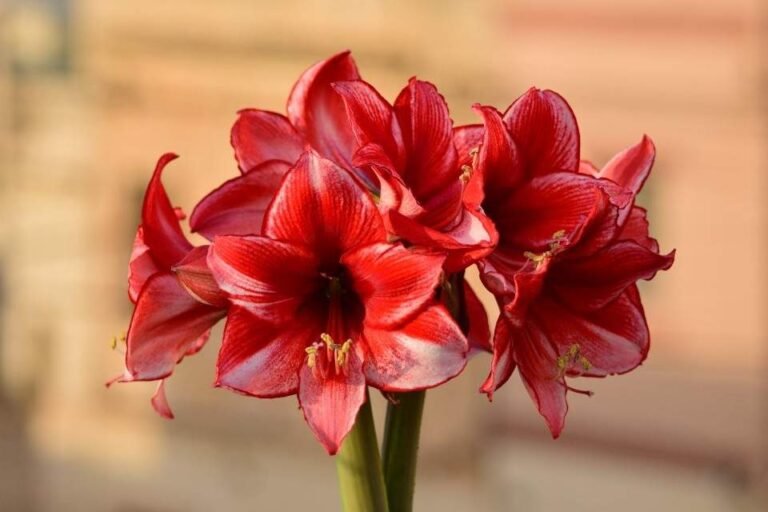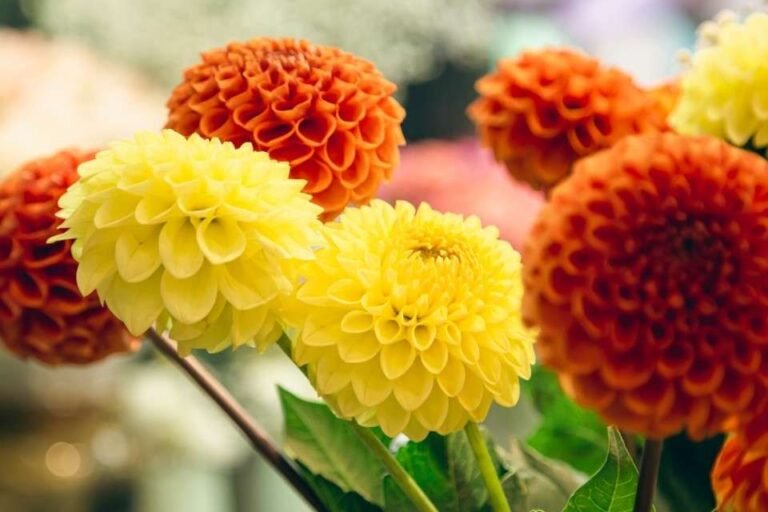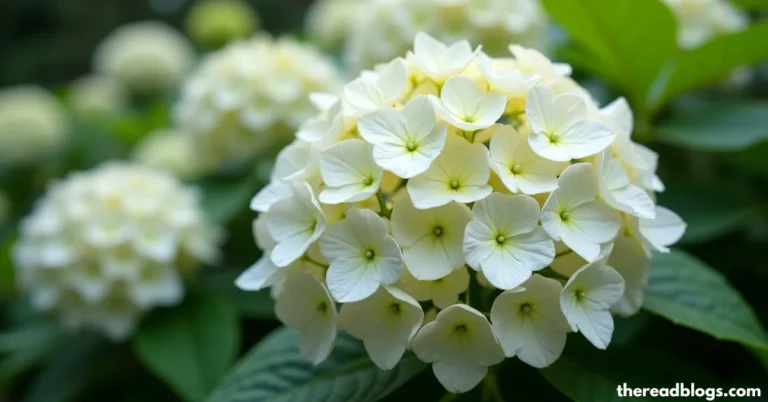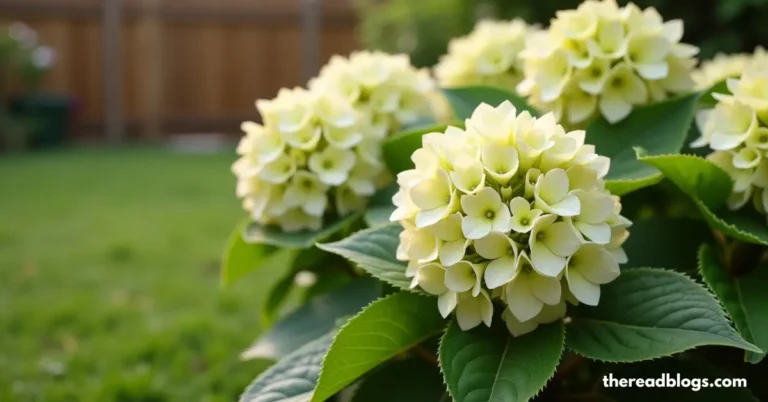Bracted Hydrangea Best Practices for Huge Blooms
Want big, beautiful blooms on your bracted hydrangea? Don’t worry—it’s easier than you think. Let’s go through it step by step.
1. Pick the Right Spot
Your hydrangea needs light, but not too much.
- Best choice: Morning sun with afternoon shade.
- If it gets too much hot sun all day, the leaves may burn.
- If it’s too shady, you’ll get fewer flowers.
Tip: Look for a spot under a tree that gives light shade, or on the east side of your house.
2. Use Good Soil
Hydrangeas love rich, soft soil.
- Mix in compost if your dirt is hard or sandy.
- Make sure the soil drains well. Water shouldn’t sit around the roots.
Example: Think of soil like a sponge that’s damp but not soaking wet.
3. Water Enough (But Not Too Much)
These plants like regular water.
- Water deeply about once or twice a week.
- In hot weather, you might need to do it more.
- Don’t just sprinkle the top. Let the water reach the roots.
Easy test: Stick your finger in the soil. If it feels dry 2 inches down, it’s time to water.
4. Feed Your Plant
Fertilizer helps your hydrangea make big blooms.
- Use a simple, balanced fertilizer (look for 10-10-10 or something similar).
- Feed in early spring and again in summer.
- Don’t overdo it—too much fertilizer can hurt the plant.
Tip: Follow the directions on the bag. Less is often better than too much.
5. Prune at the Right Time
Bracted hydrangeas bloom on old wood.
- That means the flowers grow on last year’s stems.
- Don’t prune in late fall or early spring. You’ll cut off next year’s flowers.
- Best time to prune: right after it finishes blooming.
Just cut back dead or weak stems. Don’t over-prune.
6. Mulch for Healthy Roots
Mulch helps keep water in the soil and stops weeds.
- Use 2–3 inches of mulch (like bark or leaves) around the base.
- Keep mulch a little bit away from the main stem so it doesn’t rot.
7. Watch for Pests or Diseases
Hydrangeas are pretty strong, but sometimes bugs or fungus show up.
- Look for spots on leaves or tiny bugs.
- If you see problems, gently wash the plant or use a simple garden spray.
- Don’t worry too much. Most hydrangeas stay healthy with good care.
A Few Extra Tips
- Be patient. Big blooms sometimes take a year or two to really show up.
- Don’t move the plant too much. They like staying in one place.
- Talk to your local garden center if you’re not sure what kind of hydrangea you have.
Conclusion
That’s it!
Caring for a bracted hydrangea isn’t hard if you follow these simple steps. Give it the right light, soil, water, and care. Soon you’ll see those big, beautiful blooms that make you smile.
Take it slow and enjoy the process. Gardening is supposed to be calming and fun.
Happy planting! 🌿✨
FAQS
How big do bracted hydrangeas get?
They usually grow about 3 to 6 feet tall and wide.
What is the 1 3 rule for hydrangeas?
It means prune about one-third of the oldest stems each year to keep it healthy.
How to care for kimono hydrangea?
Give it partial sun, regular water, rich soil, light pruning after blooming, and mulch around the base.
How to tell if a hydrangea is male or female?
Hydrangeas don’t have separate male or female plants; each flower has both parts.

